Thinking about K-Beauty for your business? Get guidance → Book a consultancy session
Menu
Thinking about K-Beauty for your business? Get guidance → Book a consultancy session
Products
K-Beauty in Korea versus Overseas
January 13, 2021

K-Beauty in Korea versus Overseas
Episode Title: K-Beauty in Korea vs Overseas Ep-15
Episode Description:
On this episode of the Korean Beauty Show podcast, we’re exploring the difference between K-Beauty in Korea versus K-Beauty overseas. If you’ve ever wondered if the products actually sold in Korea are different to the Korean products you find in your country, then stay tuned because I’m going to explore the differences and why I think they happen.
Episode Summary:
1 K-Beauty in Korea is Very Trend Based
Trends in Korea move SO quickly (anywhere from six months to two years and a new trend is dead). Once the trend is over, people are bored and want new stuff – and so the next trend is born. This doesn’t just happen in K-Beauty, but with Korean food and clothes as well. This is very different from overseas.
In the last 10 years just some of the trends I’ve seen rise and fall in K-Beauty include ingredients like:
This can be contrasted to beauty overseas, where a lot of people enjoy using the same products and can be quite loyal to a single brand. Especially among older generations, it’s not uncommon for someone to wear the same perfume or night cream for most of their life.
A lot of people also find beauty and skincare confusing, so tend to opt for all-in-one products or products that simplify their routines. That is gradually changing, but Korea is much less like that. Even if the product names stay the same, it is rare that the formula will – Korean beauty brands are constantly playing with their formulas and so you’ll see products that are in their “Fourth Generation” or upgrade – it will likely be a similar product to the original, but with the same name.
2 Marketing of K-Beauty Products is Different in Korea compared to Overseas
The way K-Beauty products are marketed in Korea (i.e. the type of brand models and language that is used to promote the products) is not always readily translatable overseas.
Unless there is a middle man or woman translating the trends (which is what we do at STYLE STORY), a lot of things just get lost in translation and don’t make their way to western countries.
We’ve already looked at some of these differences in the Korean Beauty Show, like in Episode 8 where we explored the meaning behind skin brightening vs skin “whitening” and how a Korean audience interprets the meaning of this vs a western audience.
The simple fact is that some Korean beauty concepts are more easily translatable to other parts of Asia, which is why K-Beauty has penetrated quicker in places like Thailand, Singapore, China and Vietnam, compared to western countries. There is just a lot more that needs to be translated and explained.

3 Different Beauty Standards
Korea has very different beauty standards than many western countries, including some preferences for things that most of us never even think about. Some of those include:
A V-line face shape
The ideal face shape in Korea is egg shaped – tapered at the bottom like a “V”. Square jaws and round faces are considered particularly unattractive, which is why there are so many products catering to a slimmer jawline. This is not a concept we often hear of in western countries. It’s different to a double chin and focuses on the actual shape of the jawline itself.
Many popular western celebrities who are regarded as beautiful have very square jaws and faces. This leads to the creation of products and services in Korea to help people attain a desirable ‘V-Shaped’ face.
Preference for very pale vs tanned skin
We’ve spoken about this before but the Korean preference is for paler skin. It’s not that they can’t tan but that tanning is not “in style”. People prefer to stay out of the sun and use sunscreens and umbrellas to keep their skin fairer.
You can pick non-Koreans and overseas born Koreans out among a crowd in Seoul because they’re the ones with a deeper tan.
Westerners who hear this might think this sounds ‘racist’ but in fact this has nothing to do with race because Koreans are by and large all the same race. It is linked to Korean history where the wealthier class (the ‘Yangban’) stayed indoors (men were scholars, women were home-makers). They were out the sun because they didn’t need to work in the fields for money. This meant that by default, wealthier people had fairer skin and working class / poorer people had darker skin because they were the ones outside and doing manual labour. The association thus became that tanned skin was a sign of being poorer.
It’s the opposite in the west – Caucasian skin doesn’t tan as easily, so tanning denotes that you have a lot of free time (enough to go on holidays and sit outside in the sun) rather than being cooped up inside working in an office.
This naturally affects the kind of products people want to buy in Korea vs overseas. There are entire categories of skincare in Korea that just aren’t that popular in the west – things like “Tone Up Cream” that give the complexion a brighter, more lively look and blur the effects of pigmentation. Contrast this to categories of skincare like “fake tan” that are popular in western countries but aren’t really sold in Korea.

Dewy Glow vs Matte Skin
Westerners tend to prefer a matte finish and tone down glow and oil. K-Beauty however puts a lot of focus on glass skin and a luminous complexion.
These preferences lend themselves to the creation of different products – not all of them translate or perform well in sales overseas. Korean primers haven’t really made big waves overseas, whereas they are a massive category in Korea thanks to the luminous glow they provide.
4 Some concepts not as easily translatable – Hanbang, Dokdo Toner
Hanbang is a type of Korean skincare based on traditional Korean medicine. It includes the use of herbal remedies to treat illnesses and maintain overall health. The preparation of the ingredients often involves fermentation, and that gives the products a very distinct, herbal smell.
Hanbang just doesn’t translate as well in countries that don’t practice or understand oriental medicine techniques, and who aren’t as familiar with the kinds of herbal scents these products have.
Similarly, a lot of products and names have special meanings to Koreans that don’t necessarily translate outside of Korea (i.e. the Dokdo Toner).
5 Preference for Foreign Products, Particularly Among Wealthy Koreans
Many Koreans are surprised to find out how popular K-Beauty is overseas and that’s because they don’t use Korean products themselves. A lot of Koreans with the means to do so use French and American cosmetics, or the Japanese brand Shiseido.
What to Do If You Like Today’s Episode – K-Beauty in Korea versus Overseas – Ep15
- Join the STYLE STORY mailing list for your chance to be one of the first to try Jelly Ko’s new Bubble Tea Steam Cream for free.
- Leave a review for the podcast and go into the draw to win an AUD $100 STYLE STORY Gift Voucher. Competition closes 15 September 2020.
Shop Now
"The simple fact is that some Korean beauty concepts are more easily translatable to other parts of Asia, which is why K-Beauty has penetrated quicker in places like Thailand, Singapore, China and Vietnam, compared to western countries."
- Lauren Lee, Host of the Korean Beauty Show podcast
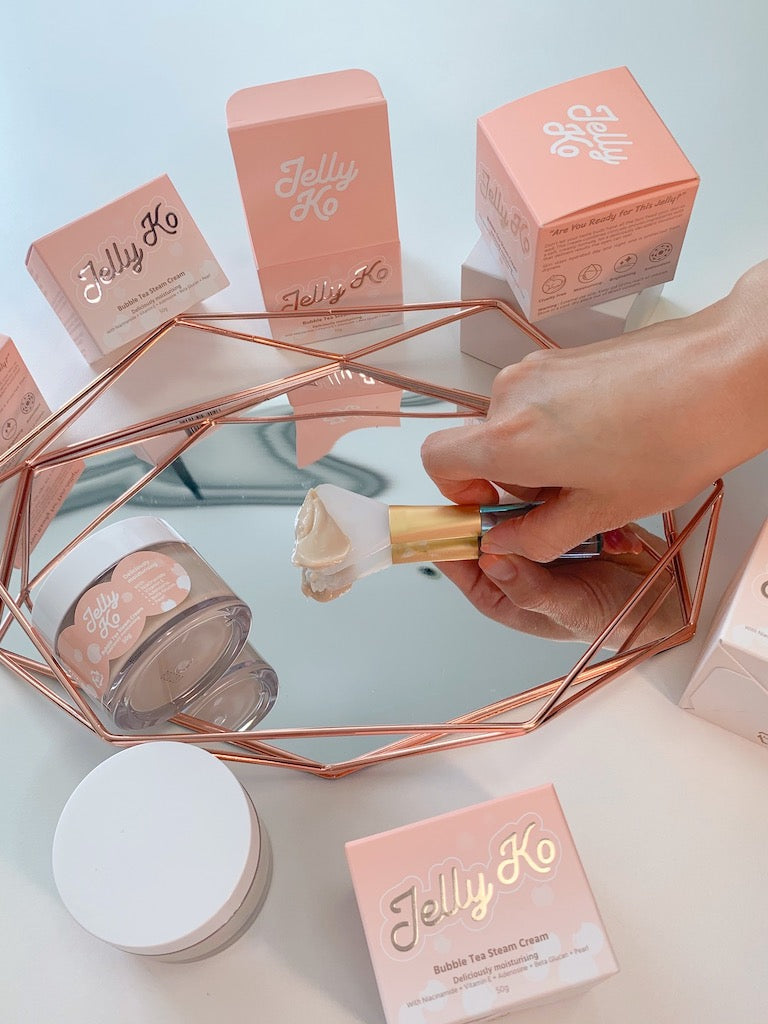
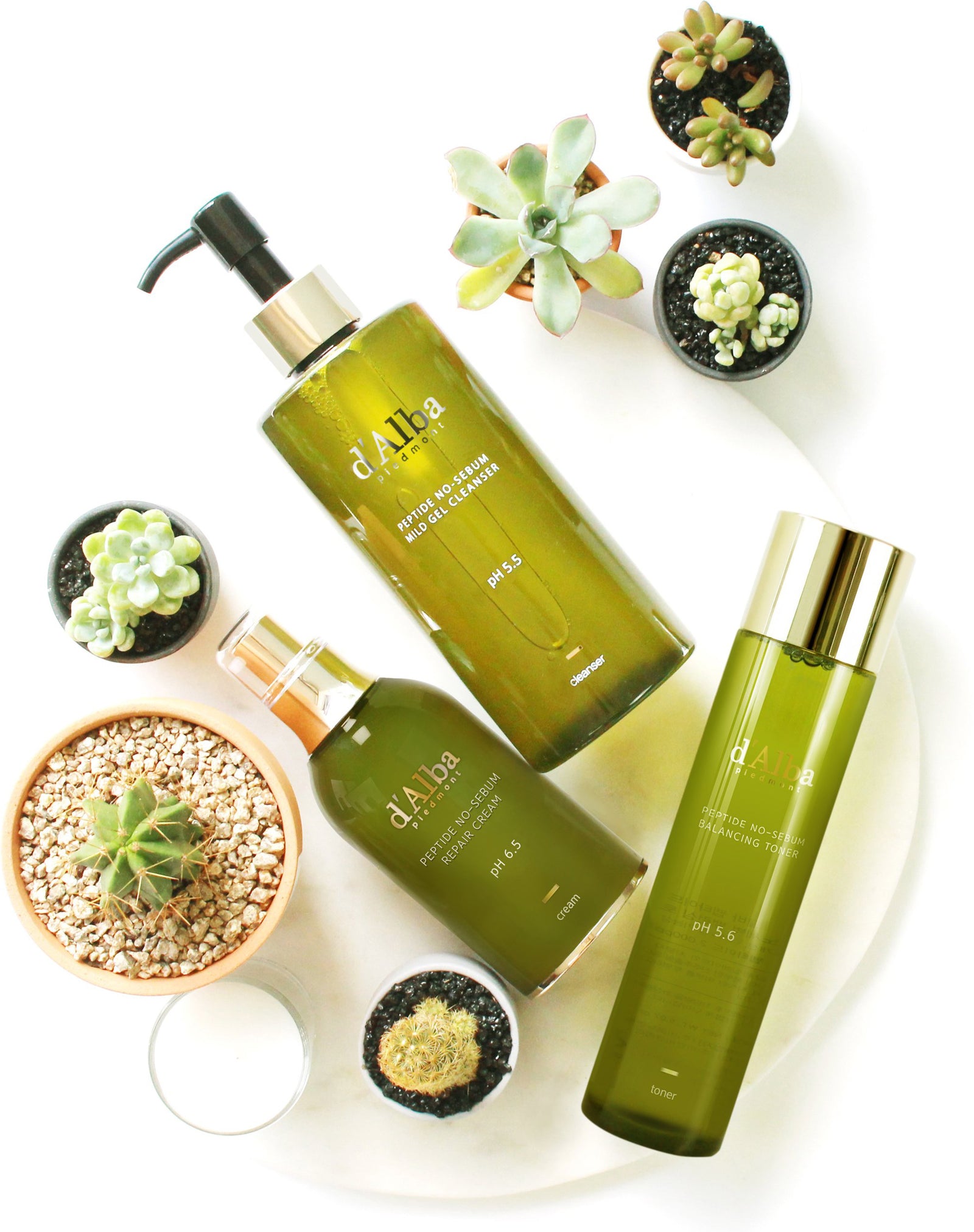
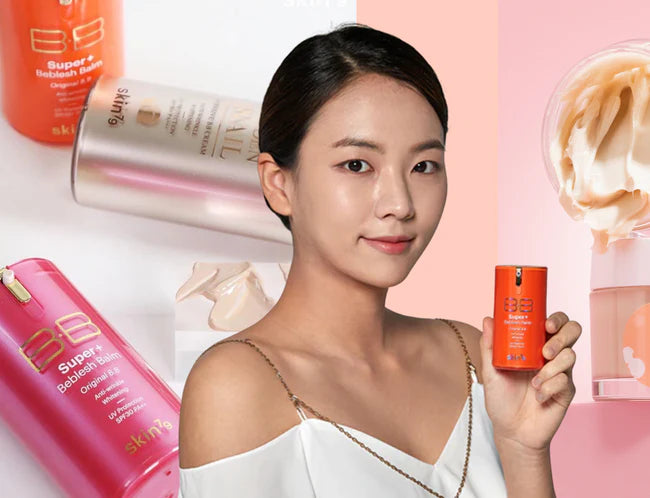
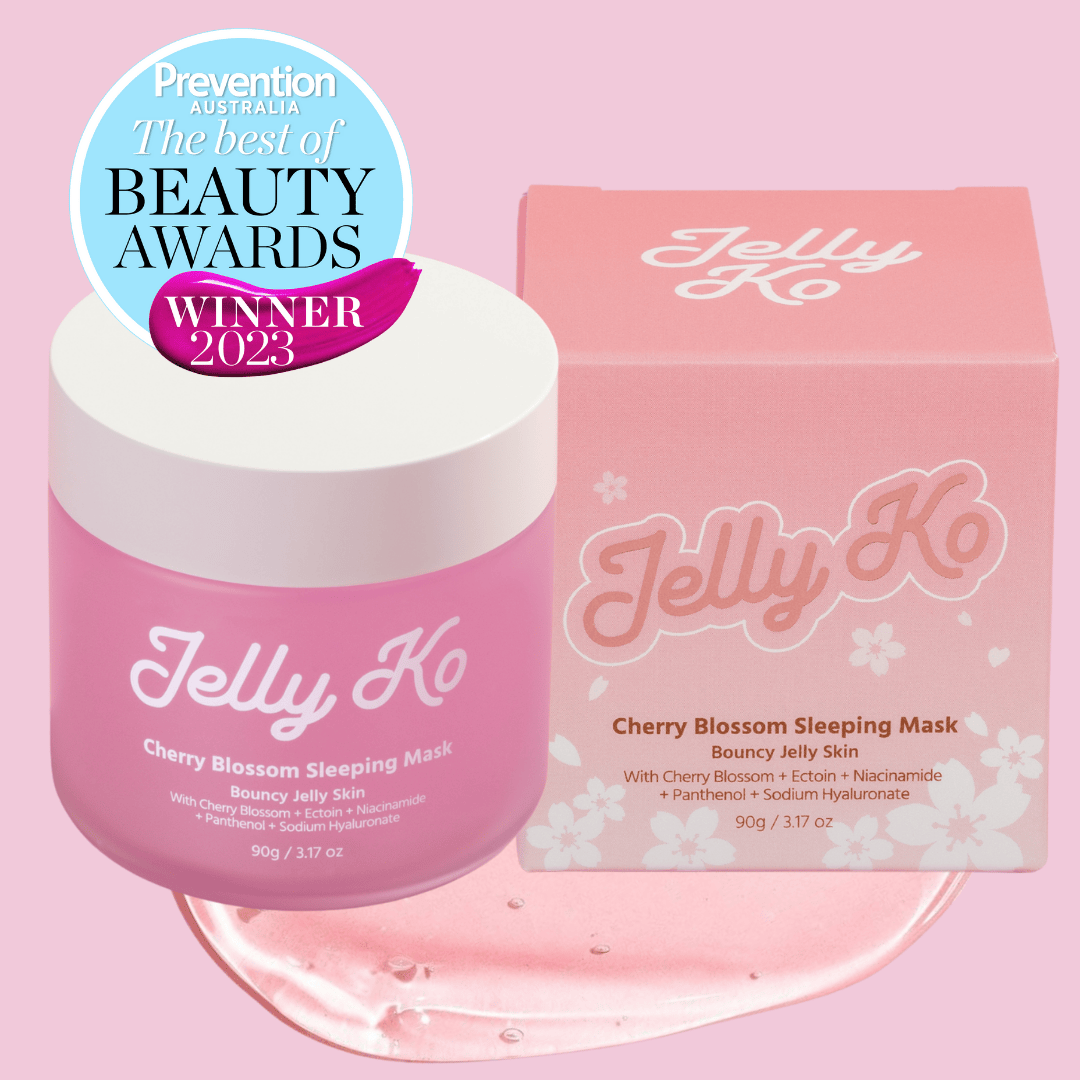
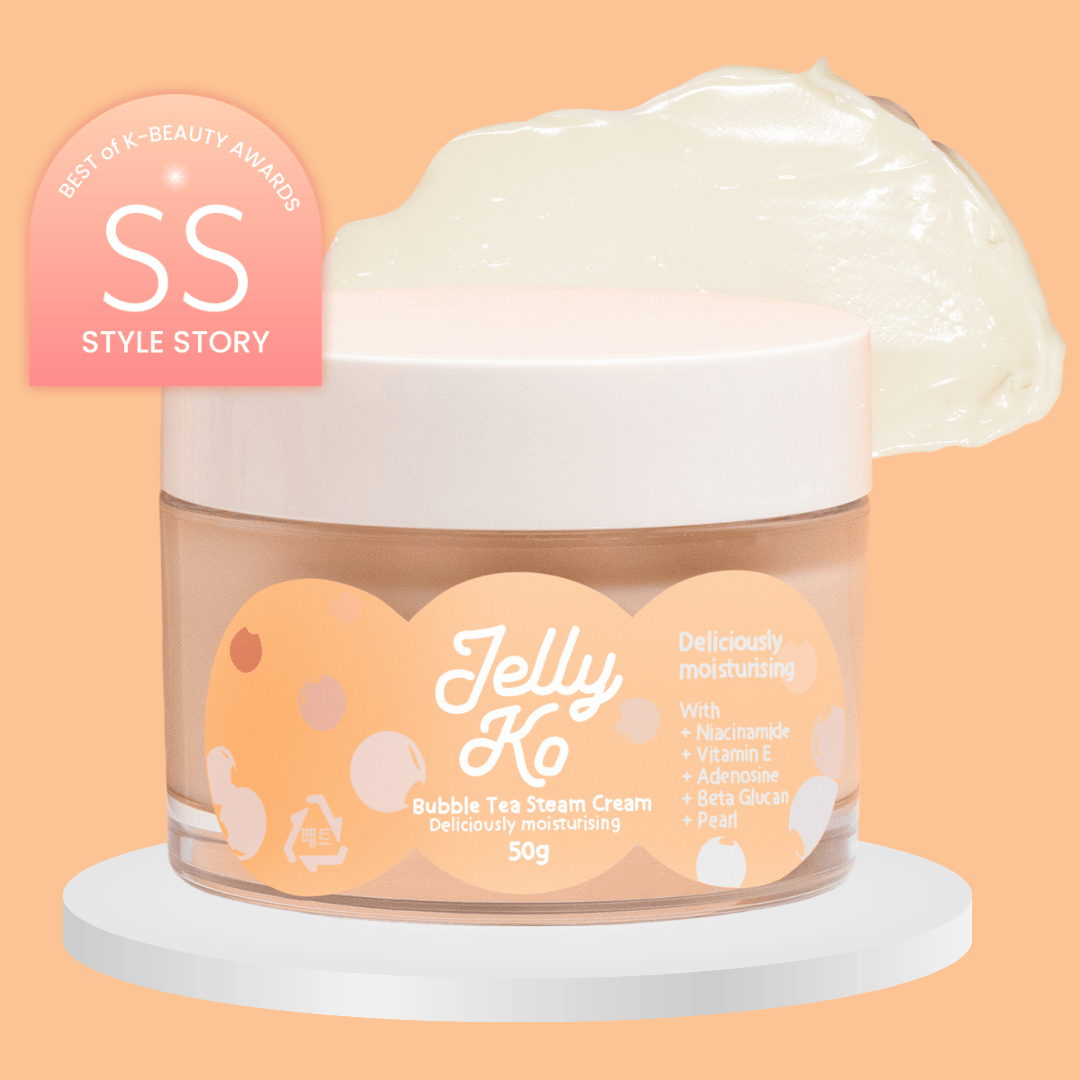
Leave a comment
Comments will be approved before showing up.